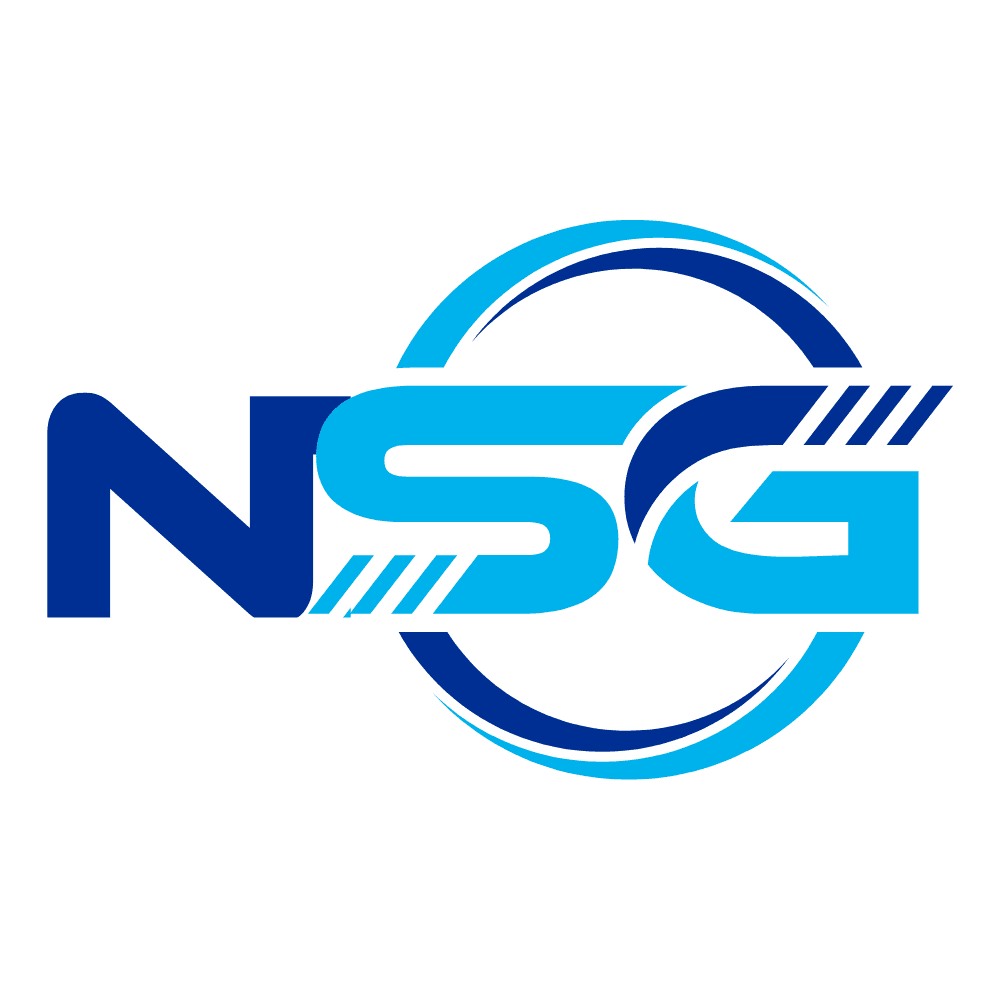My friend, an engineering manager at a top tech firm, called me in a panic last week. “Jay, I’m in an impossible position,” he said, his voice tight with stress. “Leadership wants ‘productivity metrics.’ They’re asking us to look into tools that track active screen time. How am I supposed to lead a team of senior developers when the unspoken message is that we don’t trust them to do their jobs?”
He was afraid of destroying morale and, frankly, of losing his best people.
His dilemma is one I’m hearing constantly from leaders. You’re caught between the pressure for visibility from above and the need to foster trust and autonomy with your team. The old command-and-control playbook is useless, but flying blind feels like a career risk. This is the precise challenge where a thoughtful strategy for AI in remote team management becomes your most critical tool.
Forget the surveillance software your boss might be asking for. True AI-powered leadership isn’t about watching your team; it’s about seeing what’s holding them back. It’s about using intelligent tools as a co-pilot to see around corners, listen at scale, and replace guesswork with genuine insight. This is your definitive playbook for becoming an AI-augmented leader who builds trust, not suspicion.
Beyond the Hype: From Automation to Augmentation
First, let’s clarify what we mean by “AI” in this context. We’re not discussing sentient super-intelligence. We are primarily talking about applications of Natural Language Processing (NLP) and Machine Learning (ML).

- NLP is how machines read and understand human language. It’s the engine behind tools that can summarize a two-hour Zoom call into five bullet points. (Source: Stanford NLP Group)
- ML is how machines recognize patterns in data. It’s the logic that can analyze project data and flag a potential bottleneck three weeks before it happens.
The strategic shift is from seeing AI as a tool for automation (doing our tasks for us) to one of augmentation (helping us do our uniquely human tasks better). As a recent McKinsey report notes:
“The adoption of AI is not about replacing humans but about amplifying their ingenuity. The most effective organizations will be those that empower their people with AI as a collaborative partner.”
— McKinsey Global Institute, “The state of AI in 2024“
This approach is a core part of the larger blueprint for AI productivity and business transformation that allows modern companies to outrank their competition.
The 4 Pillars of AI-Powered Remote Management
A successful AI integration strategy isn’t about adopting a single killer app. It’s about reinforcing the fundamental pillars of great management with new capabilities. In my work with dozens of distributed teams, I’ve found the most impactful applications fall into these four categories.
Pillar 1: Intelligent Workflow Orchestration
- What it is: Moving beyond static Gantt charts to dynamic, predictive project management. These tools don’t just track tasks; they orchestrate workflows.
- Strategic Application: Imagine an AI that not only assigns tasks but also analyzes the current workload of every team member, considers their known skill sets, and even accounts for planned time off to suggest the optimal person for the job. This is AI project management. It prevents the all-too-common scenario where your go-to engineer gets overloaded while others are underutilized. It turns resource planning from a quarterly headache into a real-time, intelligent process.
Pillar 2: Amplified Communication & Cohesion
- What it is: Using AI to decode the subtext of digital communication and reduce friction.
- Strategic Application: Remote work lives and dies by the quality of communication. AI meeting assistants (like Fireflies.ai or Otter.ai) are the obvious starting point, creating searchable transcripts and automated summaries. The next level is sentiment analysis. By analyzing public Slack channels, these tools create an anonymized “morale index.” You’re not reading DMs; you’re seeing a weather report for your team’s culture. A sudden dip in positive sentiment can be your earliest indicator of confusion after a strategy change or frustration with a new process, allowing you to intervene proactively.
Pillar 3: Proactive Employee Well-being
- What it is: Shifting from reactive problem-solving to predictive support for employee engagement and mental health.
- Strategic Application: The annual engagement survey is dead. In a remote world, you need a real-time pulse. Employee engagement AI platforms like Lattice or Culture Amp use smart, lightweight pulse surveys and analyze the data for trends. They can flag teams exhibiting patterns associated with burnout—like a combination of increased negative sentiment and consistent late-night activity on shared documents. This data is your cue to open a conversation, not a final judgment. It’s the difference between asking “Are you okay?” out of the blue and saying, “I’ve noticed the team seems stretched lately. Let’s talk about workload.” This is critical, as Gallup data consistently shows that the manager is the single biggest factor in an employee’s engagement. (Source: Gallup)
Pillar 4: Objective, Bias-Reduced Performance Insights
- What it is: Using data to build a more equitable and comprehensive view of contributions, reducing the impact of proximity and presentation bias.
- Strategic Application: In a hybrid environment, it’s easy to overvalue the contributions of those you see in the office. AI can level the playing field. By integrating with tools like GitHub, Salesforce, and Asana, it can pull objective data on an individual’s output—code commits, closed deals, completed project milestones. This doesn’t replace qualitative review, but it provides an objective foundation for performance conversations. It helps ensure that your quiet but brilliant remote engineer gets the same recognition as the charismatic salesperson in the next cubicle.
Choosing Your Co-Pilot: A Quick Comparison of AI Management Tools
The market is flooded with options. To avoid getting overwhelmed, think in terms of the primary job you want the tool to do.
| Tool Category | Primary Function | Ideal For Teams That… | Example Tool |
| AI Project Management | Workflow & Task Automation | …struggle with deadlines, resource allocation, and project bottlenecks. | Motion |
| Meeting Assistants | Transcription & Summarization | …suffer from meeting fatigue and poor post-meeting alignment. | Fireflies.ai |
| Employee Engagement AI | Morale & Burnout Prediction | …want to proactively manage culture and prevent employee attrition. | Lattice |
Beyond these management-specific platforms, a great next step is to explore a curated list of the best free AI tools for small businesses to see what’s possible.
The Manager’s Playbook: Implementing AI Ethically and Effectively
Ready to experiment with AI? Here’s your step-by-step blueprint:
- Start with the “Why”: Pinpoint your core pain point—be it fragmented communication, workflow chaos, or lackluster engagement.
- Involve Your Team: Gather input on where they need support, and be transparent about any planned technology changes.
- Choose the Right Tools: Research and shortlist AI platforms that are transparent about their data use and align with your team’s needs. For leaders who want to get started without a steep learning curve, the key is to begin with AI tools designed for non-technical users. Look for reviews and user case studies on trusted websites (Gartner: Remote Work Technology).
- Run a Pilot Program: Test with a small, vocal group. Encourage honest feedback, and be willing to course-correct.
- Focus on Augmentation, Not Replacement: Frame AI as a way to free your managers and team from repetitive busywork, so they can focus on what humans do best: creative problem-solving and relationship building.
Navigating the Pitfalls: The Ethical Tightrope of AI in Management
As powerful as these tools are, they demand thoughtful stewardship.
Data privacy is non-negotiable: Ensure all platforms comply with local and international GDPR-equivalent standards (GDPR Information). Be transparent with your team about what’s being monitored, why, and how insights will be used.
Beware the “metrics trap”: Quantitative data is helpful, but it can never fully replace nuanced, human understanding. Use AI as one lens—never the only lens.
Conclusion: Leading in the Age of Augmentation
The panic my friend felt is a defining management challenge of our time. The desire for connection and effectiveness in a distributed world can feel at odds with the need for trust. The thoughtful application of AI in remote team management is the bridge between these two worlds. It allows us to manage by exception, focusing our finite time and energy on the moments that require a human touch. It’s about building a system of support that empowers both you and your team to do your best work, no matter where you log in from. The future of leadership isn’t about being replaced by AI; it’s about being augmented by it.
Ready to become an AI-augmented leader? Subscribe to my weekly “Leadership 2.0” newsletter for exclusive insights, tool reviews, and actionable frameworks delivered straight to your inbox.
Now, I want to hear from you. What is one routine management task you wish AI could take off your plate? Share your thoughts in the comments below.
Frequently Asked Questions about AI in Team Management
Can AI replace the need for one-on-one meetings?
No, and it never should. AI’s role is to make your one-on-ones more effective. Imagine starting a meeting with, “I saw the AI flagged that our team’s project dependencies are causing some bottlenecks. How is that feeling from your perspective, and how can I help clear those roadblocks?” You get to the real issue faster.
How do I convince my skeptical team that this isn’t just “Big Brother”?
Transparency and co-creation are your best tools. Involve them from day one, starting with the problem you’re trying to solve. Run a volunteer pilot program and let the volunteers share their honest experiences with the wider team. If the tool genuinely makes their work-life better, they will become your most convincing advocates.
What’s the biggest mistake managers make when implementing these tools?
The biggest mistake is focusing on the data dashboard instead of the human conversation. They see a red flag on their screen and immediately jump to conclusions or send a terse “What’s going on?” message. The data is not the story; it’s the opening line. The real work of management begins after you close the dashboard.
Is AI in remote work only for tech companies?
No. Businesses in retail, finance, consulting, and even public sector organizations are using these tools to manage distributed teams in cities from New York to Nairobi—even if they’re not coding companies.
What’s the best AI tool for a small team?
There’s no universal answer, but platforms like Motion for scheduling and Officevibe for engagement are popular and easy to pilot without overwhelming your workflow.
How do I ensure AI isn’t biased?
Choose tools from reputable vendors that publish their algorithms and audit for bias. Regularly review suggested actions and always combine AI outputs with your own judgment to ensure fairness.
Disclaimer: While AI offers unprecedented visibility, it’s critical to use these tools ethically. Avoid invasive monitoring, respect privacy, and always openly communicate about how technology is being integrated into workflows.
